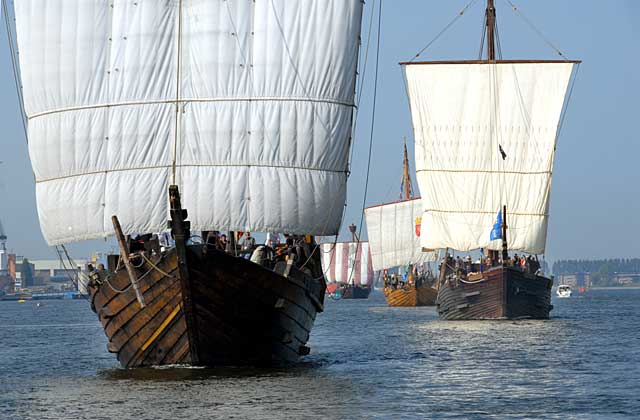Our Rye News home page includes a new feature called “Latest Comments” about halfway down the right hand side of our home page.
And this does what it says in the headline – it features the latest comments on articles on our Opinions page, some of which are about facts, some of which are about interpretation.
When Rye News launched nearly two years ago, the Opinions page had no means of incorporating readers’ comments but, once we found a way of doing that, your views started flowing in and the new home page menu draws your attention to them.
In some cases, the comments are not much help, and I am still trying to find out if there is an agreed definition for someone described as a “Ryer”. That’s because journalists like to get their facts right, and they also like to leave no question unanswered when a story is published, so each story has to pass the test of whether it answers all the questions a reader might ask. One day I asked “Well, what is a Ryer?” I received various replies!
Contributors who say when questioned “oh well, everybody knows that” can get treated without any mercy at Rye News, as most journalists are told in their initial training – “assume your readers are Martians who’ve just landed in Rye and know nothing. Everything must be explained”.
But even Editors can get caught out as I checked out an old story last week and assumed, because it referred to a medieval harbour, that it referred to the harbour of Old Winchelsea. But, digging deeper, I discovered the medieval period went on for rather a long time from around 600AD to around 1500AD when the Tudor dynasty took over the throne.
So there were two medieval harbours at Winchelsea. One at Old Winchelsea which was washed away in the 13th century and one at New Winchelsea which silted up later on in the medieval period.
I had also assumed that as Old Winchelsea had been washed away and New Winchelsea had then been built on a hill that they were close by. Not so however. The local coastline changed a lot in medieval times because of some major storms, including one which diverted the River Rother towards Rye.
Old Winchelsea is therefore believed to be somewhere on the old coastline about three miles from New Winchelsea, and the “Old Harbour” being investigated last year by archaeologists was actually the new harbour which existed alongside New Winchelsea for a time while it flourished as a port – before being silted up.
As colleague Richard Comotto observed, history is often second hand and, like journalism, it is often best to get back to the source and original documents.
In medieval times these were often in a sort of “dog Latin” which was fairly rough and ready and sometimes included bits of French so, having only passed my Latin exam at the third go, I was never that enthusiastic about medieval history.
But the moral in this tale is that journalists and historians can get it wrong, so your comments are always welcome on our stories.
And that’s why Rye News needs more volunteer contributors – not just to write or take pictures – but who are also good at asking questions, querying facts, checking details – and who can help us produce the best possible local community newspaper – even if their help is only for a short time each week. We also need you to send us details of your upcoming events, or simply to ask if someone from Rye News can come to see you to talk about something interesting that you are doing. Use the “Get involved” box on the top right of every page to contact us.
Photo: Rye News library



